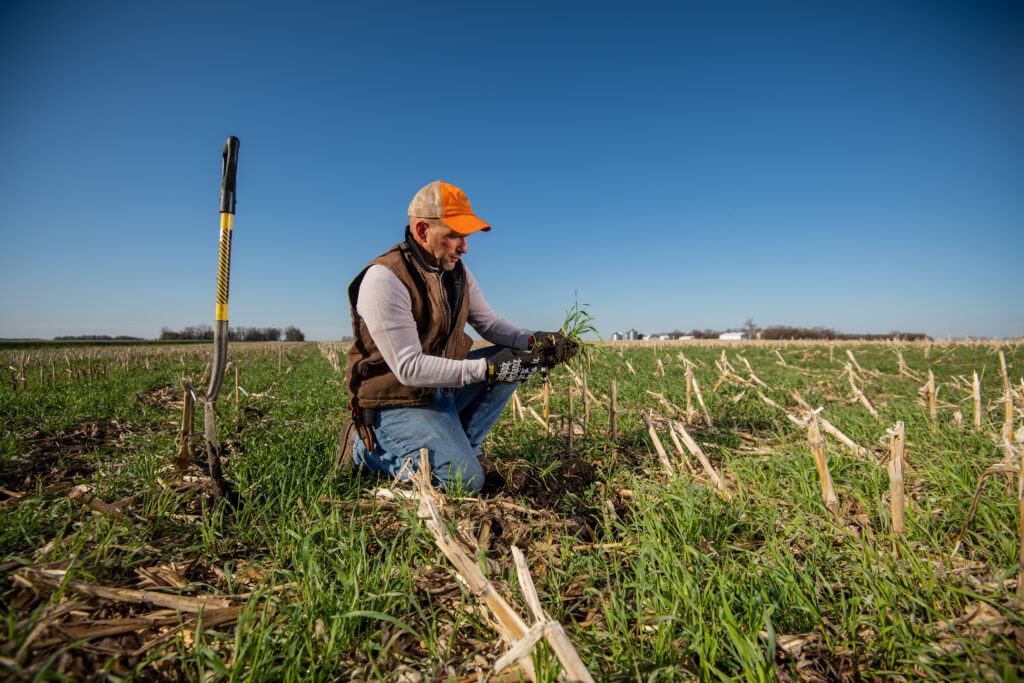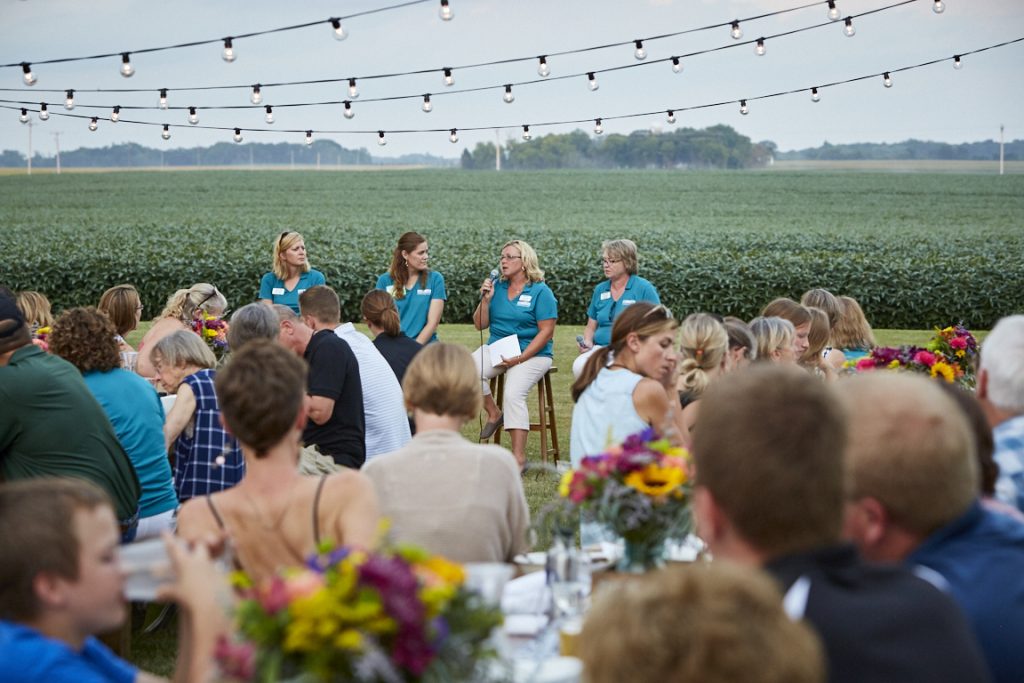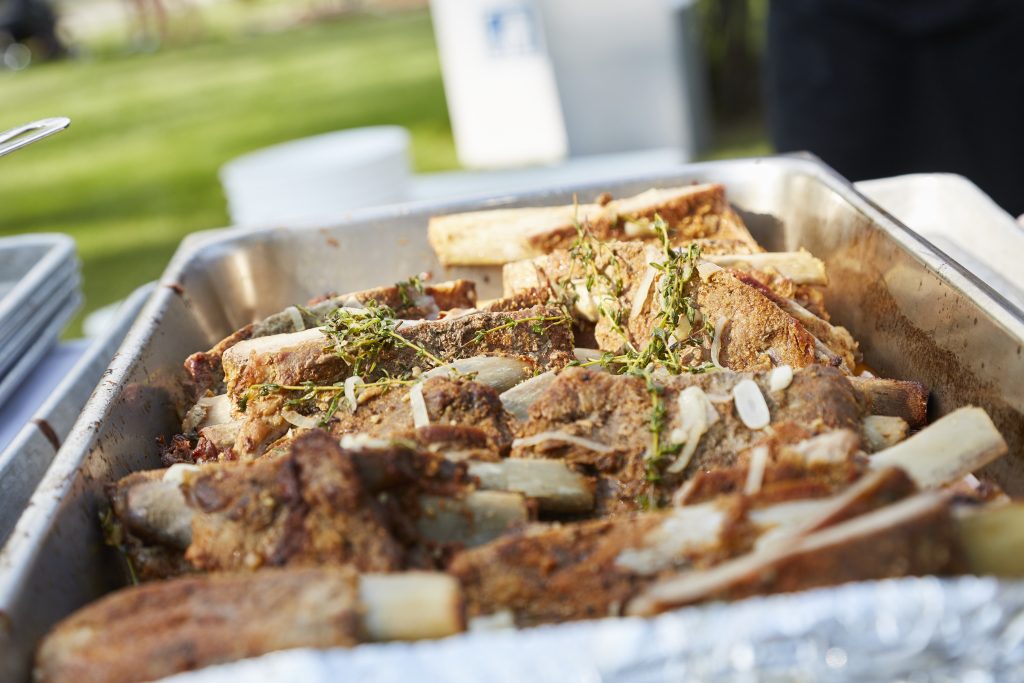Farm Practices
Farming & Technology
We sat down with CommonGround Minnesota volunteer, Lauren Biegler, to talk about technology on the farm and learn more about some of the innovations behind conservation practices and caring for crops. Read along to learn more!

“I often think about what a unique perspective someone my age (a very wise 42-ha!) has of their lifetime when it comes to technology. I learned to type on a typewriter and distinctly remember the dial-up sound of AOL and getting my first email address. Hopefully some of that resonates with some of you. Fast forward to today and it is hard to find a part of our lives that hasn’t changed, or been impacted, by technology. And agriculture, and how we farm, is no exception to that rule.
Our farm in southwest Minnesota grows corn and soybeans and some small grains-along with three kids. We utilize cover crops and conservation practices to preserve and protect the acres we farm for the present – and the future.

You would have a hard time finding any part of our farm that technology hasn’t touched or affected.
From the seeds we plant, each step through the growing season, all the way to harvest, technology is helping us do a better job of raising our crops year after year.
Seeds have been bred to be more resilient, sometimes tolerant, of things that may have caused a crop failure years ago. From drought to diseases to insects and weeds, technology has helped provide seeds to farmers that will give us a more reliable harvest. As a farmer, and for consumers, that increased stability is very beneficial.
Our farm uses no till, vertical till, and strip till to help protect our soils and build soil health. These conservation practices wouldn’t be possible – or would be much, much more difficult – without technology helping to guide the way.
The ability for our machinery to handle different planting conditions that no till presents, is thanks to technology.
Our ability to plant our corn in a narrow 6-8” strip of tilled soil every spring would be virtually impossible without the auto-steer in our equipment that allows for that type of precision as we cross acres and acres. Precision is the name of the game. Could we do what we do without it? Sure, we could! But it wouldn’t be nearly as effective or beneficial as what we can do with it.

Technology also allows us to change how much seed we plant in the spring in different parts of the fields (variable rate planting.) Technology allows us to change how much fertilizer we apply across our fields (variable rate application.) And we have the knowledge to be that precise and manage our fields down to even the square inch, because of these advances. We work with agronomists to do soil testing (like a blood work panel for humans) on our soils so we can determine what minerals and nutrients the soils already have plenty of, or might be lacking, on a regular basis. That helps guide where, and how much, some of those inputs we use may actually need and where they should be applied.
Our hope as farmers will continue to be growing the food we need to eat and doing it as precisely as possible while doing it as environmentally friendly as possible at the same time. It has become very clear over the years how the different technology advances have made that possible for us.




